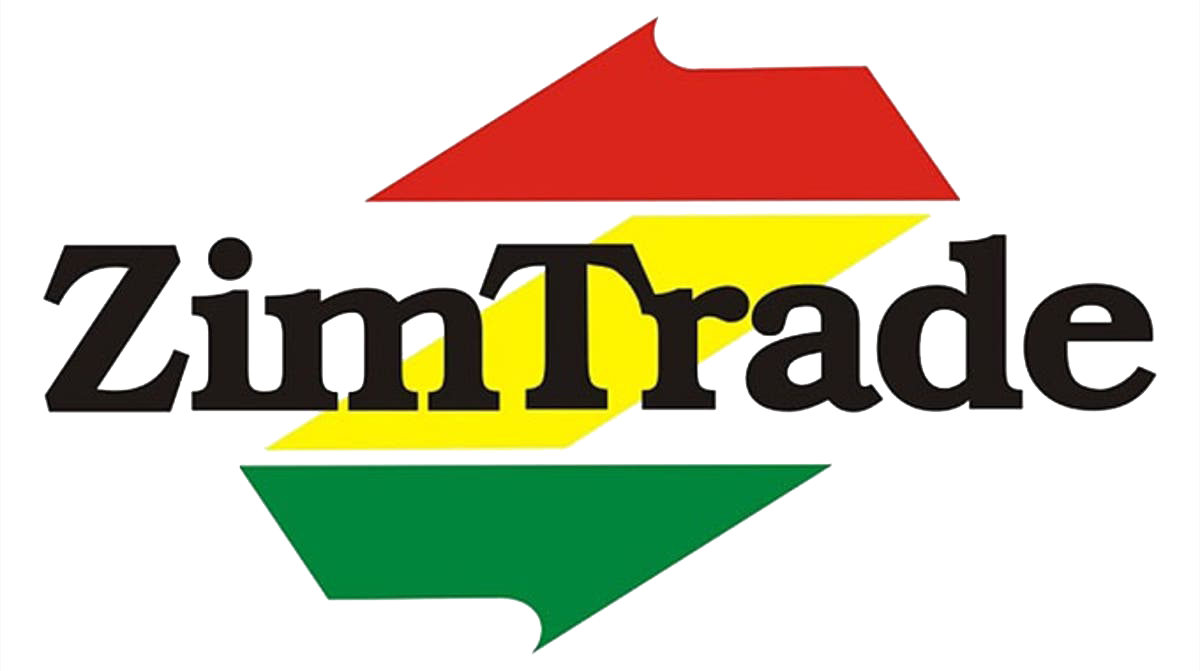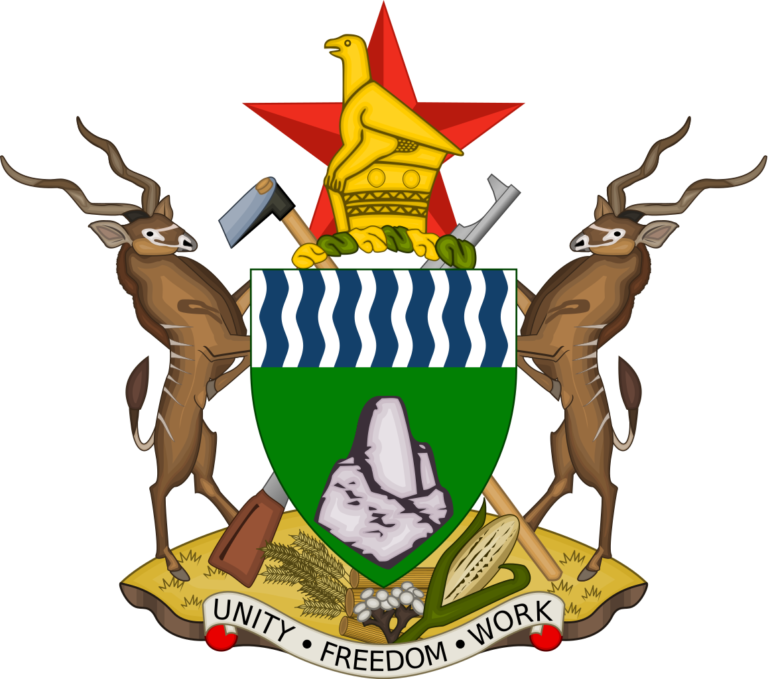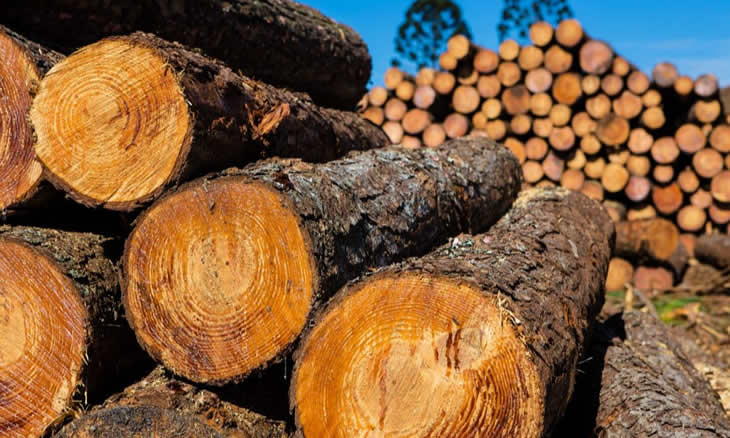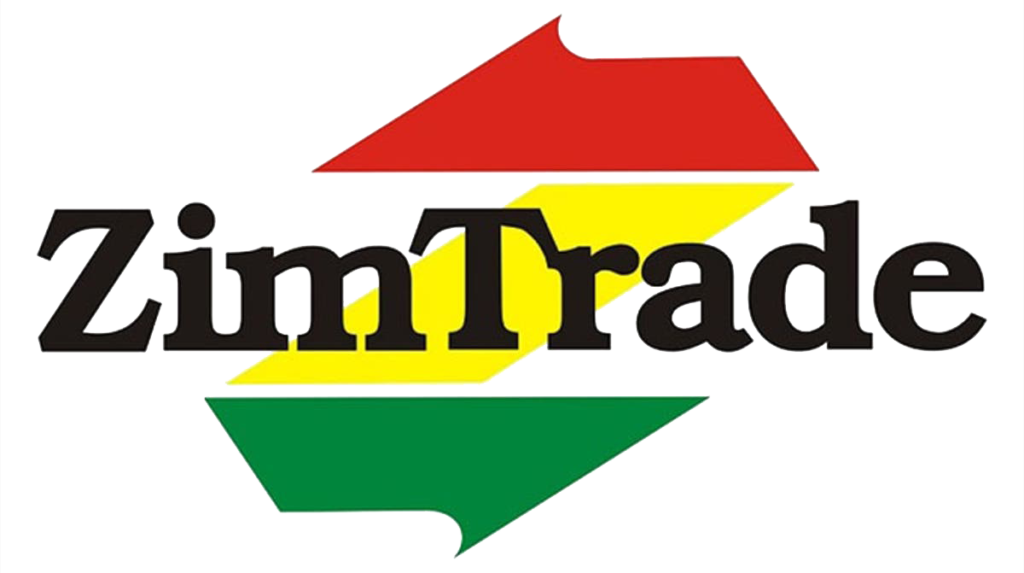“Our market likes and is actually addicted to Zimbabwean timber products.”
This confirmation of potential for Zimbabwean timber in regional markets was said by a buyer from one of Botswana’s leading building and construction retailer during a Buyer’s Seminar held on the sidelines of the ZimTrade Exporters Conference held in Bulawayo last year.
From interactions with several buyers from the building and construction sector in southern African countries, it is clear Zimbabwean timber products are of high quality and can compete well in these markets.
Zimbabwe is home to several types of wood that can be used, for example, structural purposes in building and construction; treated and untreated poles for transmission lines; hardwood for furniture manufacturing; and industrial wood for packaging, pallets, and cable drums.
Research conducted by ZimTrade, the national trade development and promotion organisation, in countries like Angola, Botswana, Mozambique, Namibia and Zambia have revealed massive potential for Zimbabwean timber that even current producers are failing to meet.
For local producers who want to venture into the export market, indications are that the work has been cut out for them as current exporters have created a strong perception, which is a reality, that Zimbabwe is a source of quality timber.
The buyer from Botswana mentioned that 50 percent of the timber and its products coming from Zimbabwe goes into the construction of houses in Botswana and that the market has acquired a good taste for Zimbabwean timber to the extent that they can easily recognise it in a pile of various timber from other countries in the region like Mozambique or Zambia.
“We know what Border Timbers and Wattle timber products look like by merely looking at it,” said the buyer from Botswana, adding that “But where are the doors and other furniture products?”
This is a reflection that Zimbabwe timber has a good foot into the key export markets and should leverage on this.
The Tswana are also keen on other Zimbabwe products such as furniture as they believe the quality would be superior judging from the quality of timber currently being supplied from Wattle and Border Timbers.
This is the same with other regional markets where Zimbabwe’s timber tops the quality list.
Zimbabwe’s proximity to most countries in southern Africa creates advantages given the lower transport cost that can contribute to the competitiveness of locally produced timber.
Apart from regional markets, local producers have an opportunity to supply the international market, whose total import bill of wood (sawn or chipped lengthwise) in 2019 was around US$38 billion according to Trade Map.
The global import bill is much higher if one considers all products that fall under wood and articles of wood where the global import bill totalled around US$136 billion in 2019.
Although the global import bill of wood (sawn or chipped lengthwise) went down to US$38 billion in 2019 from around US$44 billion recorded in the previous year, local producers can supply some of the top importers, riding on current products performing well these markets.
The top global importers who can provide a potential market for Zimbabwean wood include China, Japan, United Kingdom, Germany, Italy and Netherlands.
The top importer of wood (sawn or chipped lengthwise) in Africa is Egypt with a total import bill of wood in 2019 around US$944 million.
Local producers can leverage on the favourable trade arrangements created under the Common Market for Eastern and Southern Africa (COMESA) Free Trade Area (FTA) to supply the Egypt market, which currently is sourcing wood mostly from Sweden, Russia, Finland, Croatia and Romania.
The existence of the COMESA FTA means local businesses can enjoy reduced tariffs when exporting timber to Egypt.
To meet current demand, there is need to invest into the timber value chain so that it operates at optimum levels.
With support from Government, development partners and financiers, there is potential to grow current production, contributing to growth of exports from the sector.
For example, the Eastern Highlands possess good soils and climate which are highly favorable growing conditions for forestry plantations.
Current producers in Manicaland employ internationally recognized forest practices and this has resulted in some of the highest quality sustainably managed plantations in Africa.
Although the conditions favor increased production of timber, Zimbabwe’s exports from the sector have remained subdued.
According to Trade Map, Zimbabwe’s exports of wood (sawn or chipped lengthwise) in 2019 were US$5.83 million, with the largest importer being Botswana which took US$4.62 million worth of products.
Other countries that imported Zimbabwe’s wood (sawn or chipped lengthwise) include South Africa (US$773 thousand), Zambia (US$302 thousand), and Malawi (US$53 thousand).
When we consider all products that fall under wood and articles of wood, Zimbabwe’s exports totalled US$19.48 million and the largest importers were Zambia (US$6.2 million), Botswana (US$5.5 million), Mozambique (US$4.7 million), and South Africa (US$2.7 million).
Of the total value of wood and articles of wood last year, most of it was exported as rough wood, which accounted for US$8.5 million dollars, according to Trade Map.
The export of raw timber negatively impacts on the nation’s earnings as value and jobs are also exported in the process.
The other largest contributor from the sector were fibreboards of wood or other ligneous materials which accounted for around US$3 million dollars.
Considering all exports from the sector, current figures show that more needs to be done to grow the capacity if the country is to become a leading exporter in southern Africa.
Figures available on Trade Map show that exports of wood (sawn or chipped lengthwise) from the region in 2019 were dominated by Eswatini (US$60.45 million) , South Africa (US$57.45 million), Tanzania (US$44.2 million), Democratic Republic of Congo (US$32.47 million).
Other top exporters from southern Africa are Mozambique (US$17.3 million), Zambia (US$13.88 million) and Angola (US$9.44 million).
What is crucial now to grow the nation’s exports of timber is to address current challenges as well as value-add some products, which can guarantee more earnings for local businesses.
Over the years, the Zimbabwe timber industry production has been declining due to factors such as deforestation and increase in mining in the estates.
Value-add to earn more
Besides exporting timber as a product, value addition to produce furniture, boards and doors is required regionally.
Local businesses need to ensure that majority of wood exports are value added products and this can improve product demand in export markets.
Furniture is a general household need and Zimbabwe has manufacturing companies which produce high quality products which can be exported regionally.
Zimbabwe boasts of abundant timber resources with high quality hardwoods such as teak, pine and mukwa.
These are used on most of highly sort-after and luxurious furniture products that fetch higher prices in the export market.
Exporting the timber as value-added products would earn the country the much-needed foreign currency whilst creating jobs.
Local producers could consider producing collapsible modular designs that can be easily assembled at the final market or by the end user at their home.
Here, the cost per unit in production and transportation is cheaper and this can make Zimbabwe-designed wood products highly competitive on the global market.
Currently, there are local producers who have diversified to include treated poles as well as bark extract on their product range.
Bark extract has a ready market in Asian markets for leather tanning.
Some local small businesses are producing for local market and have opportunity to supply regional markets.
To create a strong presence, they need technical and capacity building interventions on areas such as standardization and meeting market requirements.
Afforestation the way to go
The great potential in timber exports can be hampered by deforestation if measures are not taken immediately.
Experts estimate that in about five to eight years’ time, Zimbabwe could be forced to import timber, especially if reforestation measures are not effectively implemented.
Over the years, there are illegal miners who have settled in the forests and have been clearing the land for their operations.
This deforestation has not been partnered with any reforestation efforts, causing an imbalance in the supply of timber.
According to a Food and Agriculture Organisation, 37 percent of Zimbabwe’s forested land was gutted by deforestation between 1991 and 2015.
The implications of this means affect production of indigenous wood, which earn more on the export market.
The damage to the land continues while commercial forests have reduced from 120,000 hectares (297,000 acres) to 69,000 hectares (171,000 acres), as reported by Timber Producers Federation.
As local producers target increased output, there is need for authorities to continue putting in place measures that will support efforts, by stopping all illegal deforestation which deprive Zimbabwe of wealth from its natural resources.
There is also need to capacitate local producers so that they are conversant with international regulations and requirements that govern production and trade in wood.
For example, for supply of endangered timber species, one can only harvest and export the product if it is permitted on the list provided by the Convention on International Trade in Endangered Species of Wild Fauna and Flora (CITES).
When the CITES permit has been obtained, a local business automatically complies with the requirements of the European Union Timber Regulation (EUTR) and the timber is considered to be legally harvested.
Selling timber products onto the European market requires compliance to several European regulations such as the European Union Timber Regulation (EUTR) and product safety requirements.
Buyers in the European market occasionally request for the Sustainable Forest Management Certification (Forest Stewardship Council, FSC) and other market requirements such as ISO certification.



